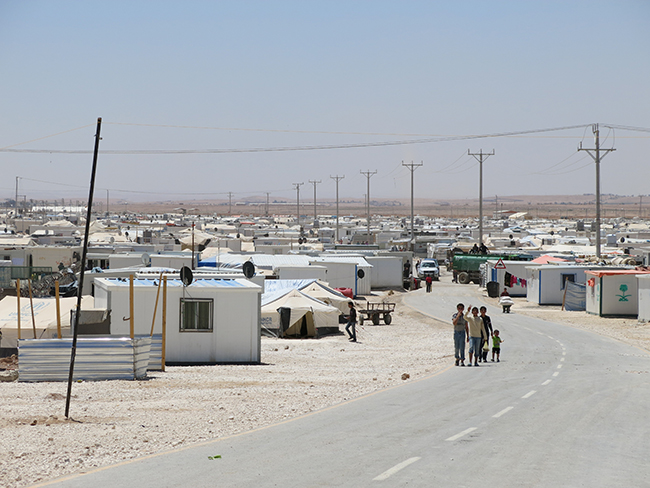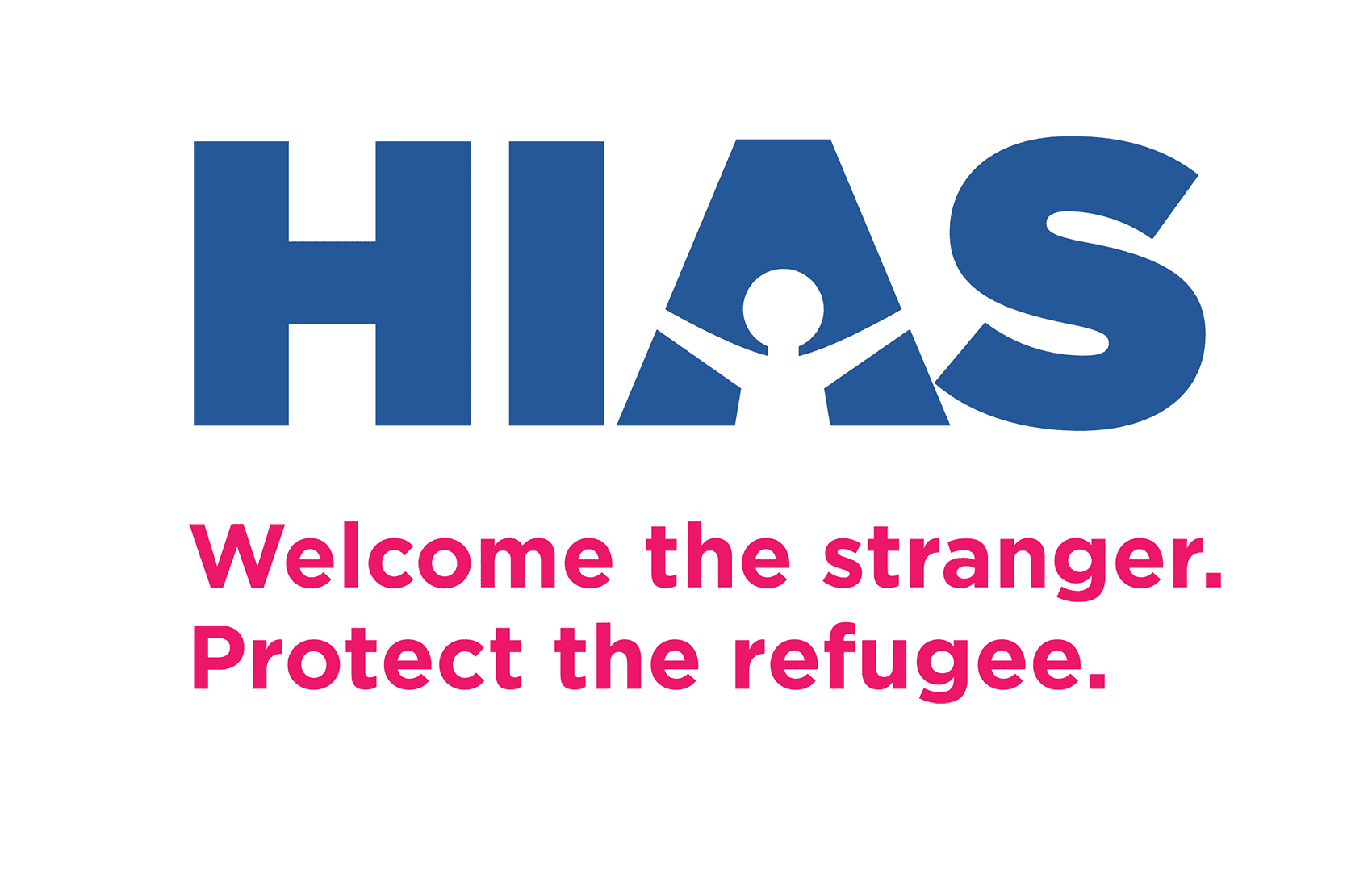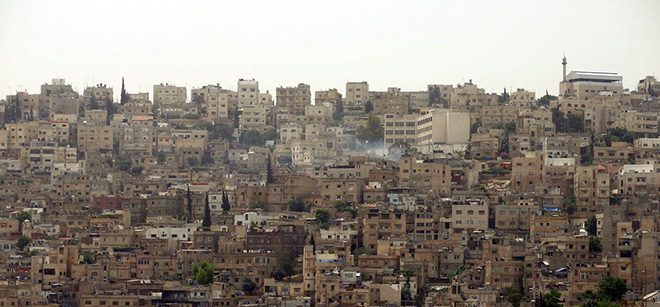The Biggest Humanitarian Crisis of Our Generation
By Magnolia Turbidy, Director of Durable Solutions
Jul 23, 2014

There are an estimated 600,000 Syrian refugees living in Jordan, most without humanitarian assistance or work permits.
It’s been over two months since I got home from Amman, where HIAS deployed me to aid in resettling some of the most vulnerable of the 600,000 Syrian refugees currently living in Jordan. Yet the faces and stories of the clients I worked with remain as clear in my mind as if I’d met them yesterday.
One young father, wrongly accused of supporting the opposition and in serious danger, had fled to Jordan with his family, though his four-year-old had just had heart surgery. The boy needed additional medical care but all the hospitals in Syria had either been bombed, abandoned by doctors, or occupied by government or opposition militants.. In Jordan, the family couldn’t afford follow-up care, leaving their son at risk of life-long complications.
Luckily, under a joint agreement between the International Catholic Migration Commission (ICMC) and HIAS, a new Humanitarian Admissions Program (HAP) is enabling rapid processing of Syrian refugees, facilitating resettlement to some European countries. This program was what enabled me to help that family.
The typical resettlement process—from determining if someone is a refugee, entitled to protection under international law, to establishing if they are eligible for resettlement to a third country, to submission to the resettlement country—can take almost a year, depending on which country the case is submitted to. By the time refugees depart for their new home, the process could have taken up to two years. But with HAP it is only a matter of months between the initial interview and departure. This makes a huge difference for people who need to be out of the country quickly—like that little boy and his family.
Thanks to this program, the family resettled to Austria, whose government provided the boy much-needed medical assistance. Through resettlement the boy is now guaranteed a chance at life, and will grow to be an older sibling to his three-year-old brother.
In my three months in Amman I interviewed and advocated for 294 refugees, none of whom could return safely to Syria. They were all struggling to survive in urban areas across Jordan; most were provided little or no humanitarian assistance and were not legally authorized to work without a very expensive work permit, forcing them to fend for themselves.
Many of the people I interviewed had severe medical problems, including disabilities, illnesses, and mental health problems. While Jordan provides basic health care for Syrian refugees within its borders, the massive numbers of Syrian refugees already taxing Jordan’s infrastructure leaves the country unable to bear the costs of specialized medical care.
In almost all cases the refugees had also experienced some form of trauma: some had been arrested, detained and tortured by the Syrian government; others had fled after their homes were raided or before their homes were blown up; and all had lost loved ones.
With the number of Syrian refugees expected to surpass four million by the end of 2014, this is clearly the largest humanitarian crisis of our generation. Yet what surprised me most in meeting so many Syrian refugees was that the majority of them just want to go home. This is strikingly different from my experience over the years working with refugees in South Africa, Sudan and Kenya, where resettlement in a third country was the most desirable option. Among Syrians, only those in gravest danger or with the most extreme needs want to be resettled.
My unforgettable firsthand experience, and the faces and stories of the people I met in Amman, remind me daily that providing assistance to those who are most vulnerable is imperative.

